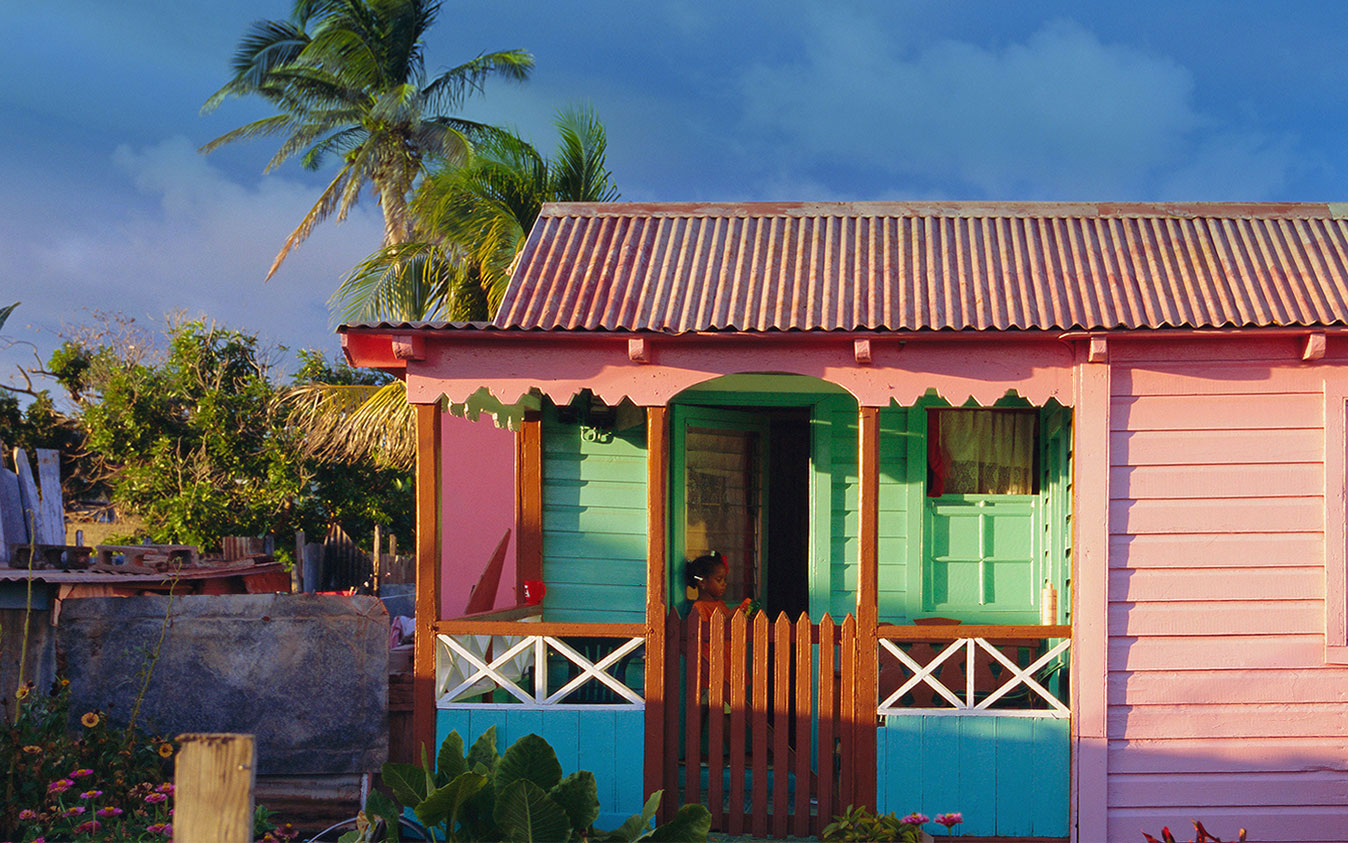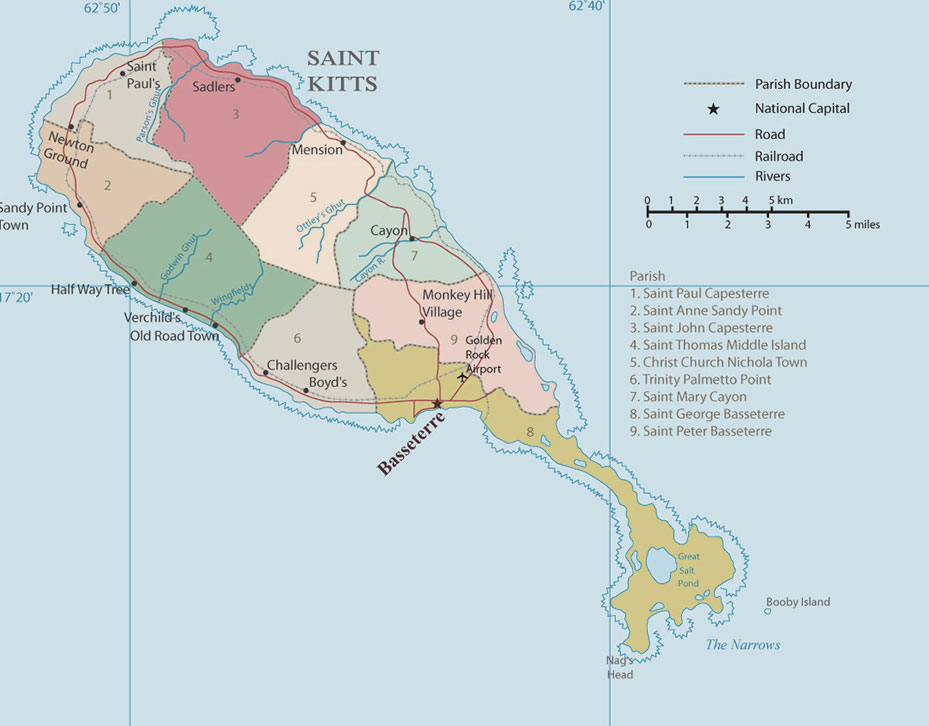Discover
the stories of our proud and friendly people, our charming and colourful villages, our fascinating ruins, our intriguing rain forests,
and our traditions that span centuries.
Our People

Pam Tyson
Pam Tyson Pamela Ann Mabel Tyson was born on the 7th April 1932 to Veronica nee Peters and her husband Warren Tyson. Her father was an employee of J W Thurston and Vo, Ltd who rose through the ranks because of his diligence and sense of responsibility. Like him, Pamela worked her way up in the civil service. She started as a substitute in the Crown Attorney’s Chambers then served at the Post Office and Treasury Department...
Read more
Edgar Challenger
Edgar Challenger Edgar Challenger was born on the 29th November 1905, the youngest son of John Oscar Challenger and Louisa Wynter. He attended Miss Malvena Amory’s infant school and received his primary education at the school run by Miss Connie Wattley. At age twelve he entered the St. Kitts-Nevis Grammar School, but following an incident with his teacher of Latin he refused to attend any further classes. Instead young Edgar was sent to Lodge School in...
Read more
The Runaway of Mount Misery (1639)
Mount Liamuiga (formerly Mount Misery), St. Kitts In November 1639, more than sixty enslaved Africans from the Capisterre region, angered by the brutal treatment meted out to them by their owners, left their plantations and found refuge on the slopes of Mount Misery. They took with them their women and children and built a formidable camp upon the mountainside. It was protected by a precipice on one side and could only be approached by a narrow...
Read moreOur Places

The Berkeley Memorial
Berkeley Memorial, The Cirucs, St. Kitts The Berkeley Memorial was erected in 1883 and was for a long time the only public memorial commemorating an individual in St. Kitts. It was dedicated to the memory of Thomas Berkeley Hardtman Berkeley, a legislator and owner of the estates called Fountain, Greenland, Greenhill, Ottleys, Shadwell and Stone Fort. The structure contains a clock and drinking fountain. It was designed and produced by George Smith and Co of Glasgow, Scotland...
Read more
Fort Street
Fort Street 2008 Basseterre was the main town of the French quarters of the island. Just as Thomas Warner set up wooden forts in Old Road, Pierre Belain D’Esnambuc set up a Fort Pierre in Basseterre. When Governor Phillippe De Longvillier De Poincy took over the administration of the French Caribbean Islands, he wanted something stronger and more permanent. It is known that De Poincy took military architecture seriously. He had books on the subject. The...
Read more
Salt Pond
Salt Pond, St. Kitts English and French settlers started setting up colonies on St. Kitts from 1624. They share the island and agreed to keep the peace unless war was declared by their sovereign nations. The area now called the Salt Ponds was to be used in common. The very narrow isthmus that connects the Salt Pond area to the main part of St. Kitts was very hilly and heavily wooded making it easier to access the...
Read moreOur Events
An Account of the Damage to St. George's Church from the Earthquake of 1974
An earthquake of magnitude 6.5 on the Richter scale occurred at about 5:55 a.m. on October 8th 1974, and did considerable damage to the St George’s Parish Church. The epicentre of this quake was some 40 miles east of Antigua, and 60 miles below the surface of the earth. The nave of the church consists of two rows of stone columns on either side. The first of these columns was separated from the east dome of...
Read more
The Arts Festival - 18 Aug 1964
Arts Festival - String Band, St. Kitts On the 18th August 1964, the Education Centre, now the Basseterre High School, was the venue of “an evening of One Act Plays”. The plays were The Doctor in spite of Himself, by Moliere produced by Eustace John and Sunday Costs twenty-five dollars produced by Aimee Dinzey. This was the beginning of the first Arts Festival in St. Kitts that was to last for 15 days. The idea of an...
Read more
Labour Day - first Monday in May
Labour Day March, 1955 The afternoon events at the park were well attended. The Union’s Entertainment Committee organised a Steel Band Competition. Esso, Wilberforce, Amstel, Boston Braves, Battalion and Invaders competed with the last emerging as the winners. Lord Croft sang a special Labour Day Calypso. The bands then played on the streets of Basseterre. Looking to the future, the Messenger’s editorial declared, “The idea is not yet as firmly rooted as it might have been, but...
Read more"In this bright future, you can't forget your past"
Interactive Map
Move your mouse over the red map markers to view information about each particular location. To read more, click the marker for further information. Locations may also be selected using the adjacent listbox.




